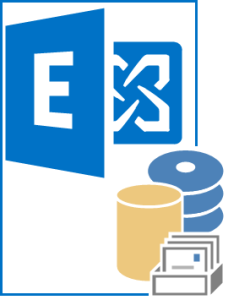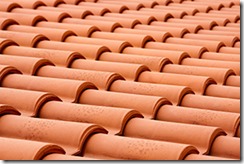Exchange 2013 with regards to storage requirement the focus on choosing the drives is more on getting larger than faster. Exchange 2013 has significantly improved the IOPS requirement as compared to Exchange 2003/2007/2013 over a decade with architectural database changes in the product.
There was a constraint from the very beginning on choosing the right storage with drives to deliver required IOPS towards performance of the Exchange, over a decade due to the rapid development in the IT industry regards to storage the Exchange DB architecture has also adjusted to support different storage types and drives.
With Exchange 2010 the recommendation was cheap JBOD and multiple databases copies for high availability. Preceding its lower version and due to the enhanced improvement in architectural changes not only the IOPS numbers is reduced but also the same recommendation follows as JBOD with minimum 7200 RPM disks. Because of this enhanced features in Exchange 2013 like diagnostic loggings / other loggings / current mailbox size trends(50GB min.) the need for the storage space on Exchange Server is in huge demand.
Due to the development in storage technologies I would like to highlight two type of drives which are of an interest to known by Exchange Admin/Consultant/Architectures.
PMR drives has already replaced the LTR drives to meet the increasing demand of storage and performance due to which we’ve been seen seeing the recommendation with Exchange 2010 & 2013 to go with JBOD having minimum 7200 RPM disks as tested. You can have more and more information on the technology how it works
Well here is the animation clip which explains what is PMR, that was fun to see and hear 🙂
Perpendicular Magnetic Recording
SMR Drives – Shingled Magnetic Recording
The drives getting larger but not faster, Shingled Magnetic Recording (SMR) was named after roof shingles.
With this type of drives the capacity is in huge but with the performance degrade. The Exchange database read/write architecture doesn’t work well the SMR drives and with Jetstress results shared from MEC video there is ~80 reduction in the IO performance. It places constraints on data flow onto disk that are incompatible with the current HDD usage and hence internal HDD data architecture must be changed or operating system modified. Check out the video explaining SMR mentioned below.
Shingled Magnetic Recording
So in short SMR disk aren’t supported for Exchange Server or neither MS SQL, so keep in mind while choosing the right supported HDD types to not only focusing larger disk but as faster(performance).





